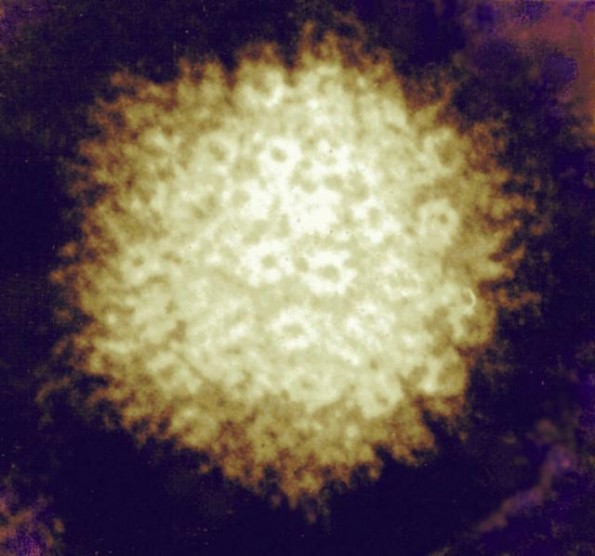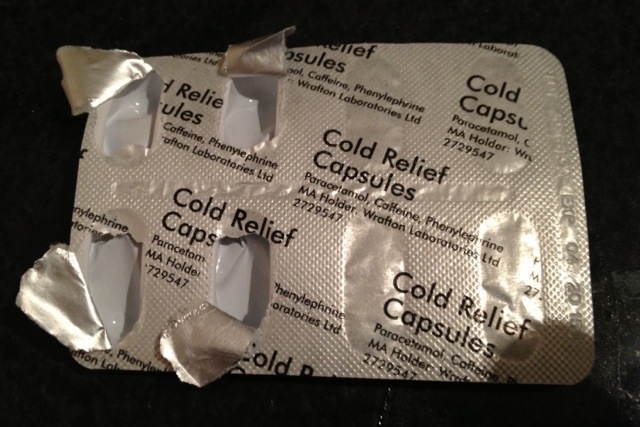On the 25th March – approximately a lifetime ago in internet terms – the GMC published guidelines for doctors’ use of social media. The guidelines come into effect later this month.
Publication of the guidelines caused something of a social media uproar, particularly around the anonymity clause. The brilliant Anne Marie Cunningham, who has written and spoken a lot about social media in medicine, has hosted a particularly fascinating conversation about this on her blog, with well made points on both sides.
With all the high-quality discussion and carefully thought-through points flying back and forth, I’ve taken a back seat on this one. I’m not sure that I have all that much that’s new to add, and I don’t blog all that much about medical matters any more. But a nagging feeling in the back of my head says that this is exactly the sort of debate I would once have jumped into with both feet, and the focus hasn’t been on the part of the guidelines to which I most object. So here goes.
In all guidelines, I’ve always been lead to believe that definitions are crucial. For a guideline to be effective, let alone for it to be enforced, it must be clear what it covers. And yet, the GMC’s definition of social media is absurdly wide:
Social media describes web-based applications that allow people to create and exchange content.
Later in the guidelines, it is clarified that this definition includes non-public, professional social networks too. As I’ve discussed this issue with tech friends and colleagues over the last couple of weeks, this definition has caused several to – literally – laugh out loud.
It, of course, includes all manner of things that are not social media, and essentially describes any form of cloud-based application. If we interpret this guidance as written, then from 22nd April patient-identifiable information can no longer be uploaded to web-based GP note systems, or to HPZone used by Public Health England to track outbreaks, or indeed transferred via NHSMail, the restricted-level security email system designed exactly for that purpose. Use of Choose and Book will be against the GMC’s rules. All of these are online applications which allow people to create and share content. All are clearly not supposed to be covered by this guidance.
It can be argued that even if the definition as written is unclear, it is perfectly clear to most people what it is supposed to refer to. I don’t buy that, for two reasons. Firstly, what’s the point in publishing the guidance at all if we aren’t to interpret it as written? Some might say that the definition has to be broad in a fast-moving environment, and that the guidance would quickly be outdated if it were too pinned down.
Which brings me to my second problem: you may understand it, but I don’t. I actually don’t know whether this guidance applies in edge cases. Office 365 and Google Drive are both web-based applications which allow the creation and exchange of content. Applications like these are almost certain to replace locally hosted applications like the Word and Excel of today within this decade. Indeed, some organisations have already made the switch.
Is use of these outlawed by the guidance? I can see arguments why it, perhaps, should be. There are inherent risks about patient confidentiality in these systems. But to ban their use for patient identifiable information is a big statement, and I suspect that they didn’t actually mean it. But I’m far from certain.
To me, the nub of the problem here is that this is guidance on using a particular medium – and one that is ill-defined, at that. Publication might feel relevant now, and everyone from the BMA to the RCGP is helping people to understand how to use this medium safely. But I don’t think this is the place of a regulator. I’m acutely aware that others will strongly disagree with this position.
By and large, I think the GMC should stick to outlining principles. I no more expect to see supplementary guidelines on social media use than I would on letter writing or telephone conversations. Although, if – like many hospitals – you’re using a VOIP system, it could be argued that these guidelines apply. Just like the GMC does with those two media, I think case studies would have been a better way to illustrate the application of principles, rather than a list of inflexible “rules”. I don’t think it’s sensible or advisable to try and give over-arching “explanatory guidance” about an area of life which is changing so rapidly.
After all, these are only supposed to be explanatory. They are not intended to introduce new regulation. Though, to my reading, their poor formulation does lead to new regulatory burdens being placed on doctors.
When the last Good Medical Practice was published, Twitter had barely been conceived, and Facebook had yet to open to the general public. These guidelines aren’t clear now, so goodness knows what we’ll think of them in seven years’ time. I think they should be withdrawn.





